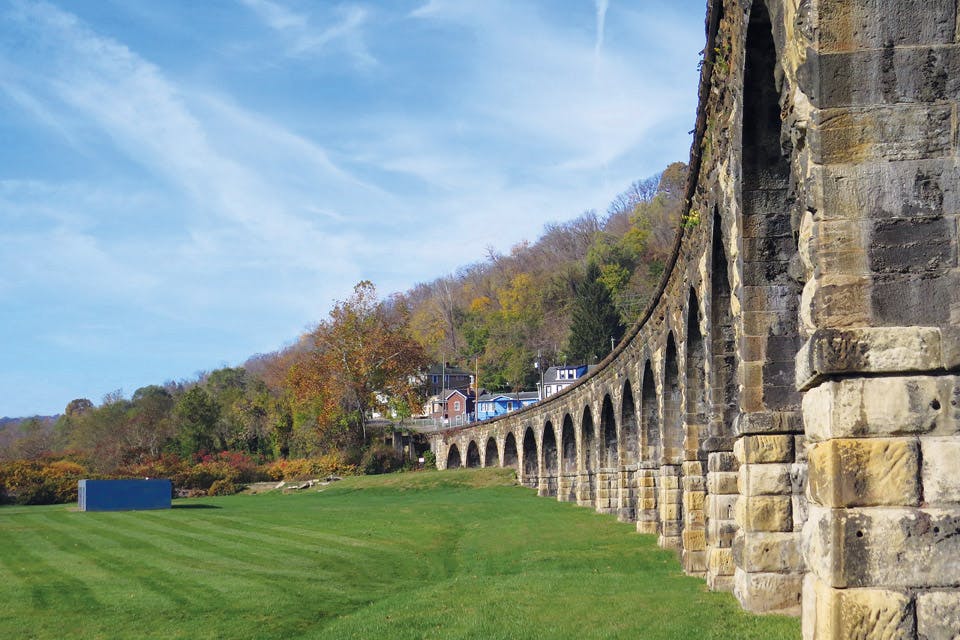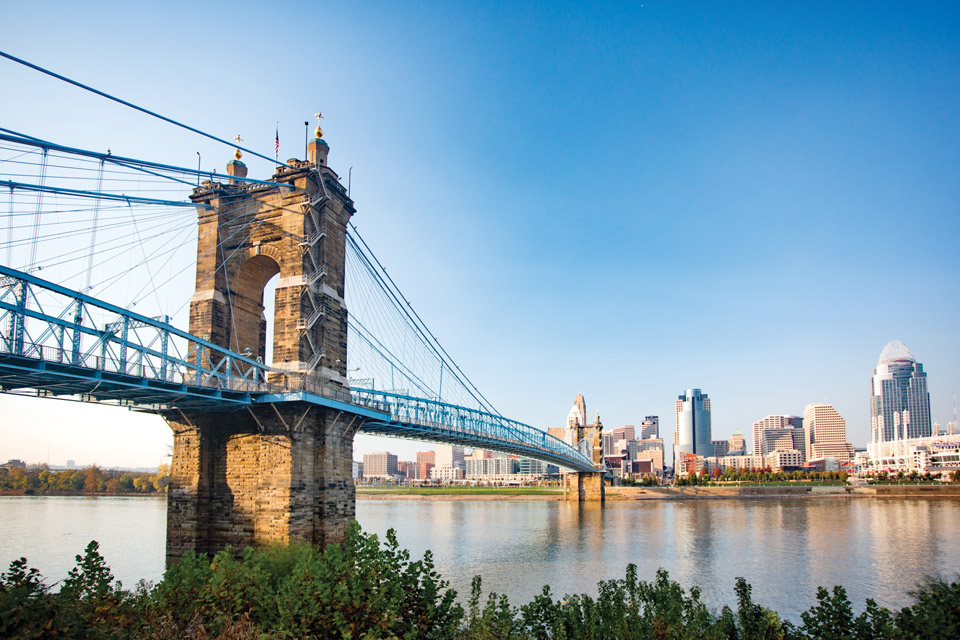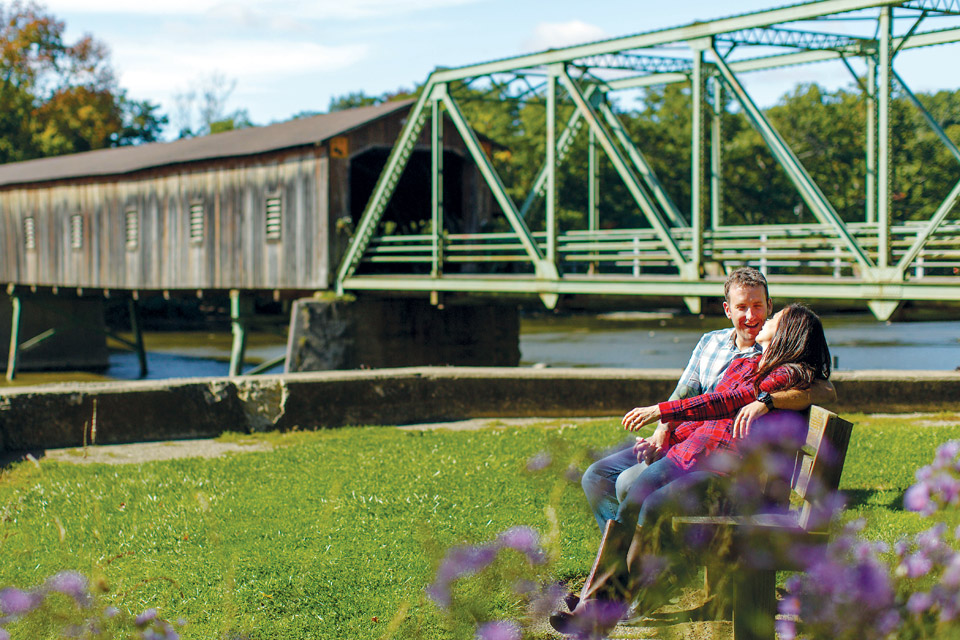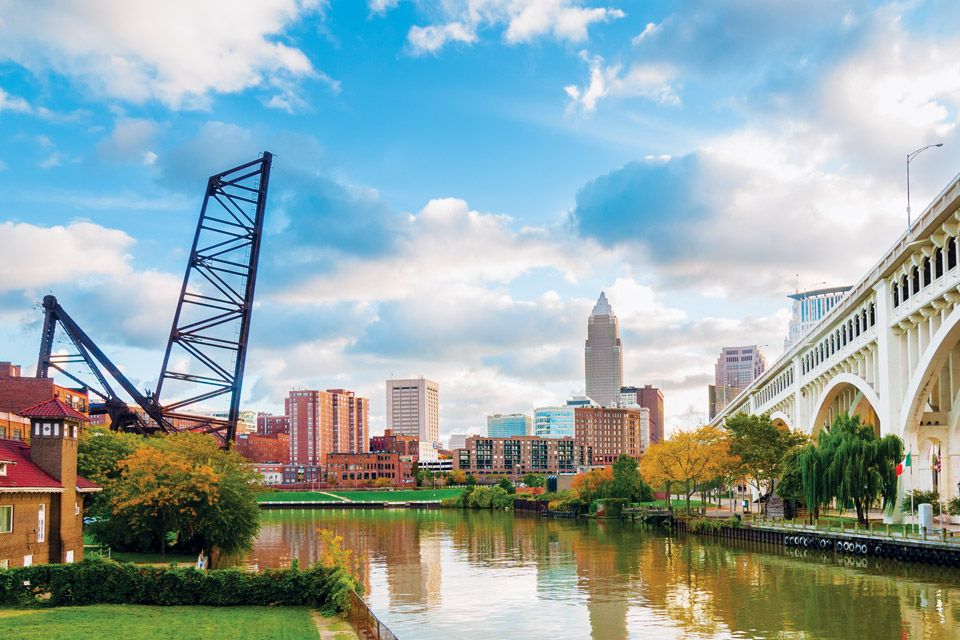Travel
| History
Take a Road Trip to See These Historic Ohio Bridges
These famous spans throughout the state offer insight into Ohio history, the evolution of travel and the role of waterfront industry.
Related Articles
.jpg?sfvrsn=24e8b738_7&w=960&auto=compress%2cformat)
See 500,000 Tulips in Bloom in Granville
Visit Timbuk Farms & Garden Center this April for the the annual Tulip Festival season. READ MORE >>
.jpg?sfvrsn=40ecb738_5&w=960&auto=compress%2cformat)
6 Egg-Citing Easter Events in Ohio
Hop along the bunny trail and keep an eye out for colorful eggs at these happenings the littles ones in your life are sure to love. READ MORE >>
.jpg?sfvrsn=c8e6b738_5&w=960&auto=compress%2cformat)
8 Ways to Celebrate Earth Day in Ohio
Enjoy enjoy these festivals and events across our state that educate and celebrate conserving and beautifying our planet. READ MORE >>






